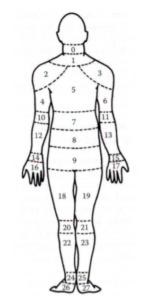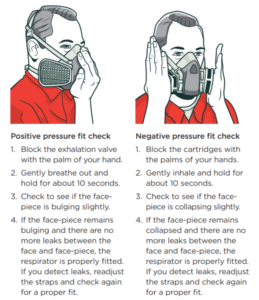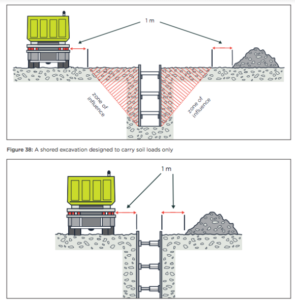MSDs, also known as Musculoskeletal Disorders are the most common type of work-related injury in Australia, with residential construction accounting for 48% percent of all serious workers’ compensation claims in 2015-2016.
Musculoskeletal pain refers to pain felt in the muscles, bones, ligaments, tendons, or nerves, and you can feel this pain in just one area of the body, or throughout your whole body. The pain can range from mild, to severe enough to interfere with your day-to-day life.
There are numerous risk factors to address: Time pressure, aging workforce, awkward postures for a start. We also need to change mindsets that pain and injury are unavoidable and make our younger workforce understand the cumulative nature of these problems- something that most ‘broken´ builders still working past 50 years of age know very well already.
It is well known that there is a range of factors that contribute to MSDs. It’s not just about a single factor such as the lifting technique (although for industries such as scaffolding and roofing handling techniques are an important factor).
The research firmly points to four groups of factors we need to tackle when addressing MSDs in construction:
- Physical factors, such as:
- Heavy loads,
- Lack of equipment
- Challenging environments
- Poor layout
- Forces,
- Repetition
- Awkward postures
- Individual factors, such as:
- Gender / Age
- Fitness / Flexibility / Strength
- Diet / Hydration
- Weight
- Attitude
- Psychosocial factors, such as:
- Communication
- Relationships
- Stress and tension
- Time pressure
- Financial strain
- Management support and the amount of control workers have over their work tasks
- Work Organisation factors, such as:
- Work hours / Time pressure
- Lack of help
- No breaks
- Poor work planning
- Training / Skill level
- Peaks and troughs
It may not surprise you that physical factors often take most of the blame and focus as their connection is easy to understand, measure and observe. There are also proven strategies to overcome physical factors such as machinery, equipment and task modifications. Combining the other factors into your approach is where the construction industry will get the most benefit. Understanding how these factors can combine and influence each other to cause problems will be crucial.
The most common solutions to dealing with MSD are:
- Micropauses and position changes
- Task rotation
- Stretch warm-up and cool down
- Cardio and strength fitness / flexibility
- Stress management
- Back care
- Communication
- Work planning
- Early reporting
We will dive deeper into what treatment might look like and prevention tips, and the unseen costs associated with MSD as we continue our Musculoskeletal Series, so stay tuned!
SafeWork NSW offers a simple program called PErforM, which helps workplaces effectively manage hazardous manual tasks and reduce musculoskeletal disorders. Used by a range of industries, including construction, SafeWork holds free workshops around NSW and online events to introduce you to PErforM. You can contact advisory@hazardco.com for further details.





























